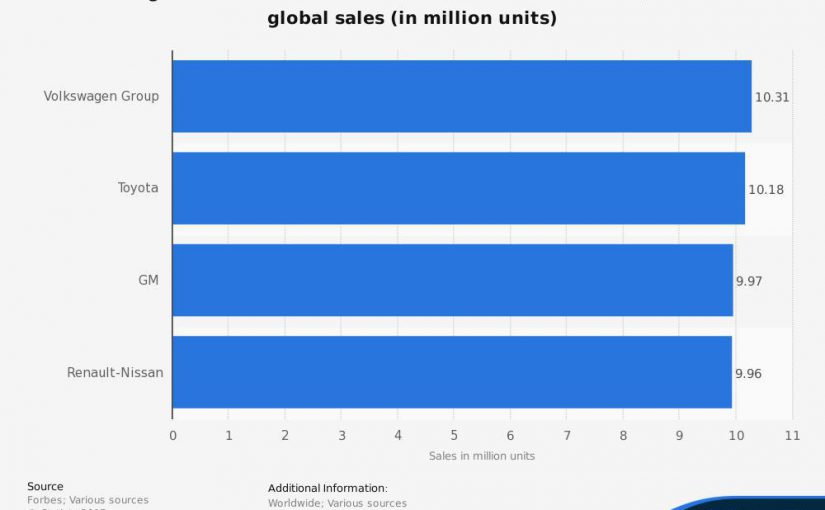Japan’s nice kei minicars boxed in by tax hike, seen facing rocky road
Yoko Kojima loves zipping around Tokyo in her Daihatsu Tanto with its lil’ wheels and pint-sized engine, but Japan’s beloved kei minicars may have a rocky road ahead despite a legion of loyal fans.
Sales of the cutesy box-shaped cars, a staple of the world’s number three vehicle market, drove off a cliff after peaking at Two.27 million units in 2014.
The drop to 1.72 million vehicles sold last year was a response by cost-conscious drivers as the government — looking to pay down a massive national debt — jacked up taxes on the popular made-in-Japan vehicles.
It was a nasty shock for many minicar drivers, the majority of whom are women and those in rural areas where the little vehicles are indispensable for getting around on the cheap.
“I don’t see a bright future for kei cars,” said Yoshiaki Kawano, analyst at IHS Markit consultancy, who added that a consumption tax rise planned for two thousand nineteen could also dent minicar sales.
“It’s an aging society and rural areas are losing residents — where kei cars are most popular,” he added.
There’s no doubt that kei — brief for kei jidosha (light cars) — still have fans who love their fuel economy and modest price tag.
They make up more than one-third of the domestic market, with Honda releasing the newest version of its N-Box minicar recently.
“You can maneuver the car even if the streets are truly narrow,” said 75-year-old Kojima, whose Tanto doubles as a van for her part-time flower delivery business.
“It’s indeed effortless to drive — I adore it.”
Minicars were born out of the ashes of World War II when the government of the fast-modernizing country was keen to get Japanese out of scooters or nonmotorized transit and into economy-priced cars.
These days, the plucky little vehicles are still restricted to a motor less than 660cc, about the same as your average motorbike.
They can’t be broader than 1.48 meters, providing minicars a comically narrow form.
Minicars cost less to produce and sell for about ¥650,000 less than a conventional car. They also have cheaper insurance and, until recently, much lower taxes.
While they’re everywhere in Japan — as a 2nd family car, a farmer’s pickup truck or even a police vehicle for neighborhood patrols — minicars are a harsh sell overseas.
Apart from their odd form and sometimes peculiar names, such as the Suzuki Hustler and the Cappucino, most would not conform with U.S. or European crash standards. And their little engines would make any muscle car enthusiast howl with laughter.
With Japan’s switching demographics and little chance of success overseas, except in emerging markets, minicars may never reclaim their peak.
But some think the industry can put the brakes on falling sales.
“They won’t vanish from the landscape,” said Asako Hoshino, a vice president at Nissan who oversees the company’s domestic vehicle market.
Hoshino cites Nissan’s acquisition of minicar specialist Mitsubishi last year as proof they still have value, while Toyota took back all of its stake in Daihatsu, which leads the mini-vehicle market alongside Suzuki.
“Twenty years ago, cars were a symbol of success, but that is not necessarily the case today,” Hoshino said.
“The trend now is to reduce the size.”
Producers are attempting to boost minicars’ appeal with style and cutting-edge features into what have long been no-frills vehicles.
“A decade ago, kei cars’ functions were very limited — they had a nerdy picture,” said Abe Shuhei, who works in Daihatsu’s sales planning division.
“But, bit by bit, people are kicking off to buy them now by choice because they’re energy efficient, safe and stylish.”

No comments